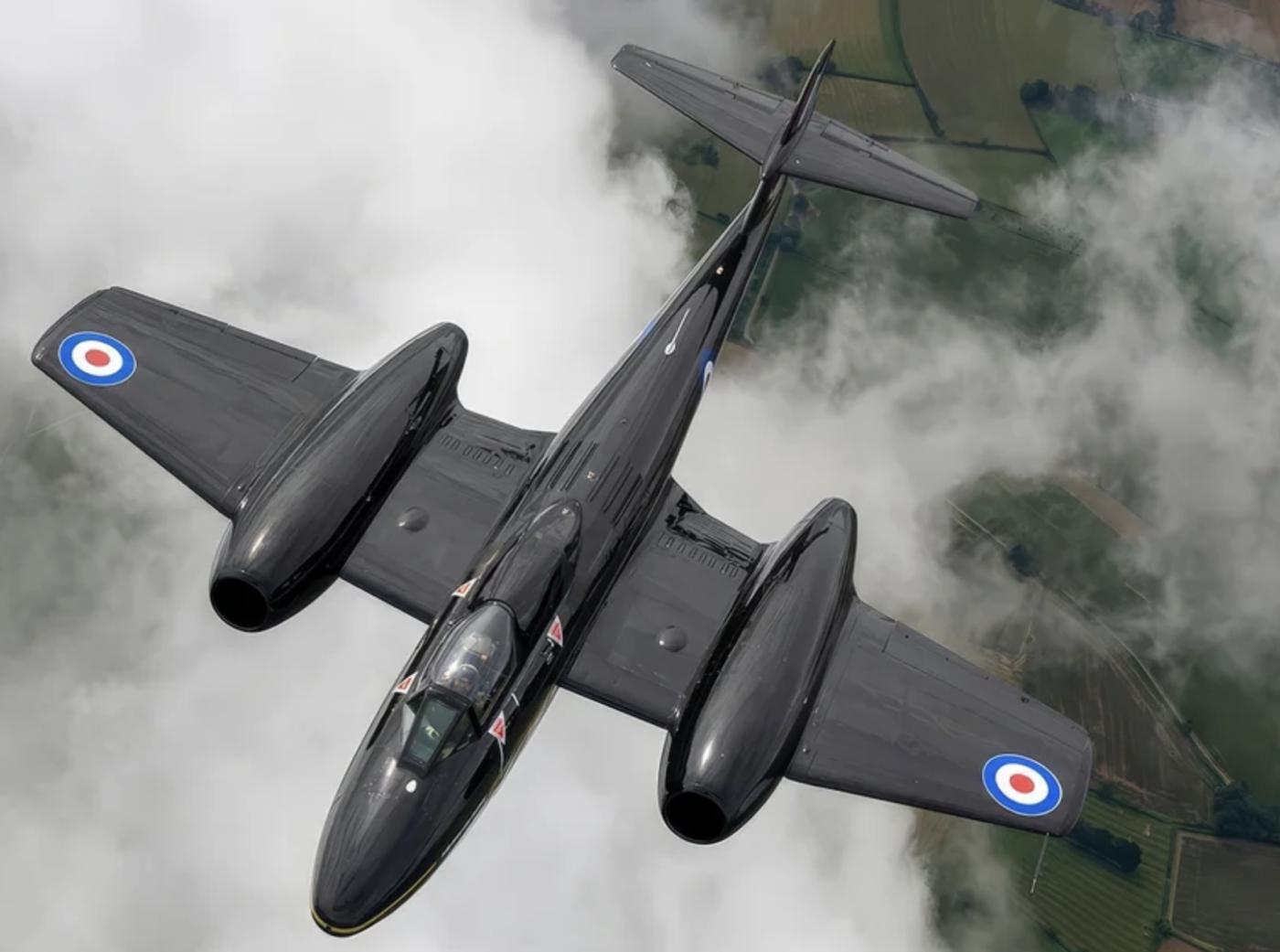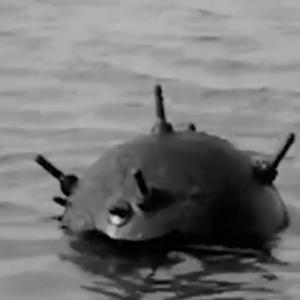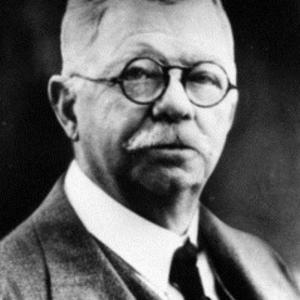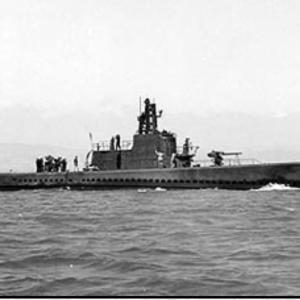
Gloster Meteor breaks speed record
Group Captain Hugh Joseph (“Willie”) Wilson, one of the Royal Air Force’s most accomplished test pilots, made aviation history on 7 November 1945 when he became the first person to exceed 600 miles per hour in a purely jet-powered aircraft. Flying a specially prepared Gloster Meteor F.4 prototype, registered EE454, from RAF Chivenor in Devon, he achieved an average recorded speed of approximately 606 mph during level flight. Although the Meteor was already in squadron service by this date, this was the first officially timed flight to break the 600 mph barrier under controlled conditions using a jet alone, without the benefit of piston engines or rocket power.
The Meteor used for the attempt had refined aerodynamics and improved Rolls-Royce Derwent 5 turbojets, more powerful than the wartime Derwent 1s. Wilson executed the run at low altitude above the Taw Estuary, making reciprocal timed passes to satisfy Air Ministry procedure. Chivenor’s long concrete runway, originally built for Coastal Command, was ideal for the high-speed take-off weight and the Meteor’s long acceleration requirements. Wilson’s data from this flight drove the final development of the Meteor F.4, which became the RAF’s first truly high-performance jet fighter able to match or exceed the best German designs of the war.
Hugh Wilson was born in Glasgow in 1908 and joined the RAF as a Cranwell cadet in the late 1920s. He was, from the start, marked out not only as an excellent pilot but as a temperamentally ideal experimental flyer: calm, precise, and uninterested in showmanship. He flew operationally in the 1930s with fighter squadrons during the period of rapid doctrinal change between biplanes and eight-gun monoplanes. By 1939 he had moved into specialist development work at the Aeroplane and Armament Experimental Establishment at Boscombe Down, where he became deeply involved in performance testing and the interpretation of high-speed flight data. During the war he held increasingly senior positions evaluating advanced British and captured German aircraft, including the rocket-powered Me 163 Komet and the Me 262 jet. He understood jet flight not merely as an extension of piston-engine principles but as a fundamentally different regime that demanded its own discipline, especially around throttle response lag and compressibility.
By 1944 he had attained the rank of Group Captain and was regarded as the RAF’s pre-eminent test authority on emerging jet technology, working closely with Gloster, Rolls-Royce, de Havilland, and the Air Ministry’s scientific teams. He flew nearly every British jet in development, including the earliest Meteor prototypes whose engines still suffered flameouts at high altitude. The November 1945 Meteor run was not a stunt but part of a measured, instrumented, Air Ministry-sanctioned investigation into the aerodynamic limits of straight-wing fighter designs before the jump to swept wings. Wilson treated the flight as engineering data gathering rather than record-breaking, though the press soon reported it as a symbolic moment: Britain emphatically entering the post-war jet age.
Wilson remained a central figure in British flight testing into the late 1940s, influencing early research that led to the swept-wing Hawker Hunter and the transonic development work at the Royal Aircraft Establishment. He retired from the RAF in the early 1950s with a reputation for intellectual rigor and absolute steadiness under pressure. His 600 mph Meteor flight from RAF Chivenor is remembered not only as a first of speed but as the moment British jet aviation stepped out from wartime secrecy into the era of peacetime technical supremacy.










